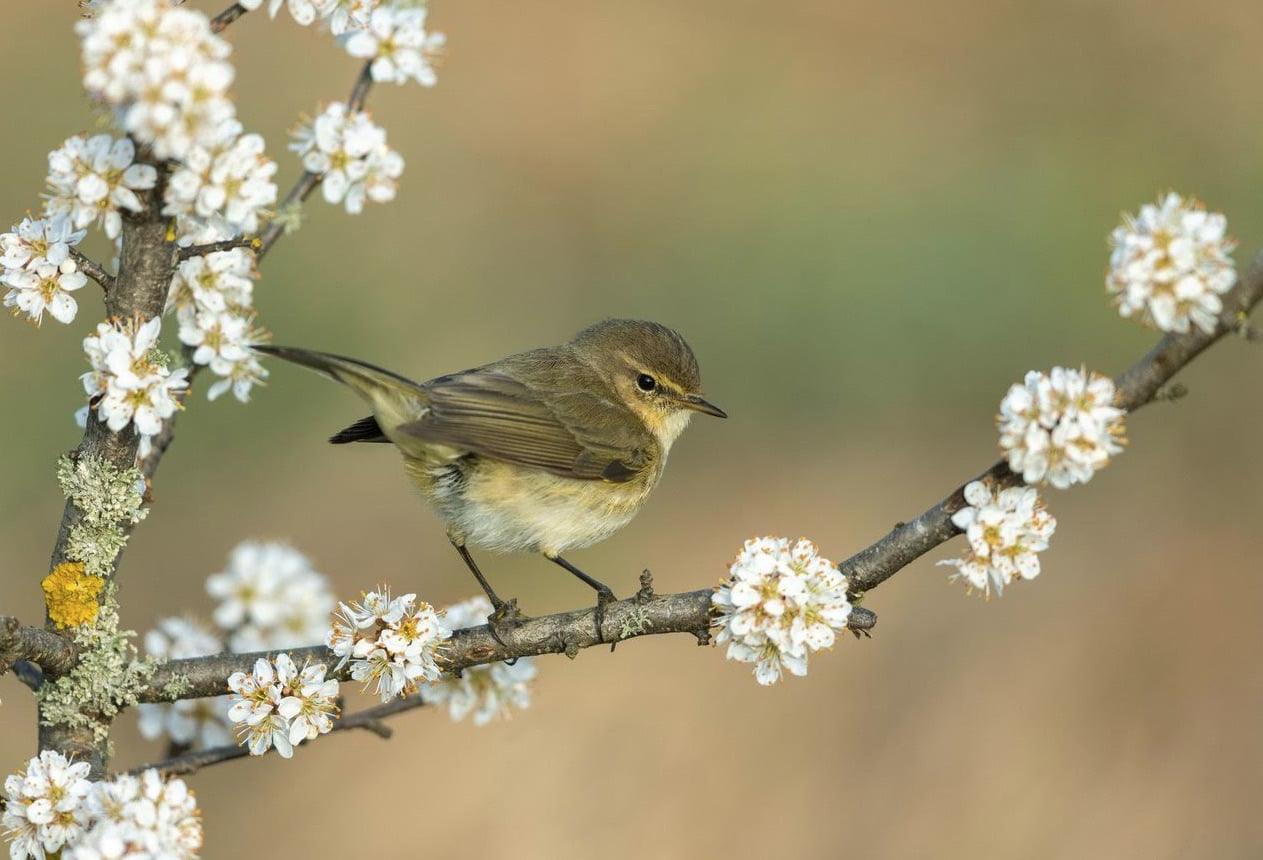I was very lucky to find a property with so many native trees and shrubs growing naturally and that have evolved over time: silver bIrch, Scot’s pine, rowan, ash, holly, brambles, ivy, ferns, and my two very old oak trees that could have been here since the house was built in the 1860s. I’m very grateful to all the previous owners who left them for future generations and as a sanctuary for wildlife.
But not all the trees here are native. Three or four maples were planted around forty years ago, and one of them, a red maple, lives in a giant hedge along with some laurel, rhododendrons (horror!) Scots pine, silver birch and alder. The red maple has completely merged with everything else in this giant hedge and it’s branches have spread outwards instead of upwards. It has literally become “at one” with the hedge.
This mixed bag of vegetation provides a natural barrier between me and the adjoining property and is full of holes made by the large birds flying in and out. They probably build their nests in there too. It provides safety and shelter and there are openings on the ground where birds, especially pheasants, emerge like royalty, into the grassy meadow. So although much of the hedge is non-native, it naturally supports birds and other wildlife, and for that reason I would like it to stay.
Looking at my property with newly opened “ARK” eyes I can easily see that the imported species don’t really belong here, but I don’t have the heart to take an axe to them, especially when compared to some of nearby gardens which are full of 100% imported species. In these gardens there are no native trees or shrubs anywhere – nothing that would grow naturally, in ireland, or in this area, anyway. Those types of gardens are for show really and look out of place in this rural environment – especially since our back roads are lined with hedgerows and tall trees. This make these “artificial” gardens look even more out of place. Each plant growing as lone specimens from another country separated from everything else growing beside them: A rose here, a hydrangea there, some pampas grass growing in the corner. There’s no cohesion, no ecosystem, no “wildness” and therefore no wildlife. It looks and feels lifeless, like a relic from the past.
Recently, I decided to bring in a few more native trees: I chose hawthorn, hazel and yew trees without knowing very much about them. The hawthorn and hazels were placed in the meadow in front of the tall hedge and the yews were placed further away near my driveway. They’ll join an existing, much smaller (and sparser) hedgerow made up of holly, brambles, ferns and a couple of spindly Hawthorn trees. I think my neighbours cows have eaten a lot of what used to be growing there, but now he’ll have to replace the couple of strings of barbed wire, he’s using, to keep his cows from munching on my hedgerow, with something more substantial – because the yew tree is poisonous. I hope being unattractive to the farmer and his cows they will have the opportunity to grow and flourish.
All the newly planted trees look very much at home now they’re planted in. They’ve brought their own special and sacred energy into the garden. The squirrels and jays will love the hazel nuts and the hawthorn trees will look pretty in mid May as they come into flower. I’m looking forward to watching them grow.
On reading about Irish trees I discovered that hawthorns are called “Fairy Trees” as it is believed fairies live under the tree and act as its guardians. It is considered to be bad luck to cut one down, or bring branches of flowers into the house. It’s a tree which celebrates Spring and one of the most sacred trees in Ireland. It also symbolises love and protection. Hawthorn blossoms used to be worn by brides, in their hair, or in a bouquet to symbolise love.
The hazel nut tree is also a sacred tree and is associated with wisdom and inspiration, and is said to be “cloaked in a powerful magic which can imbue those who eat its fruit.”
The yew has two meanings: death and immortality. Its association with death and re-birth gives it a special place in Irish culture. They are also one of the oldest living species of tree with some dating back a thousand years or more. (That’s incredible!) However, their needles are poisonous- in fact every part of the tree is poisonous, and they were often planted in graveyards, which gives the yew a solemn association with death. It is a sacred tree.
I think the yew is a beautiful tree, soft to the touch and yet very strong and heavy, as we found out when it came to planting them!
And perhaps they are here to remind us that “all life” evolves in natural cycles – from birth, death, to rebirth and immortality. See the links page for more information on Irish Trees.
See the links page for more information on Irish Trees.

